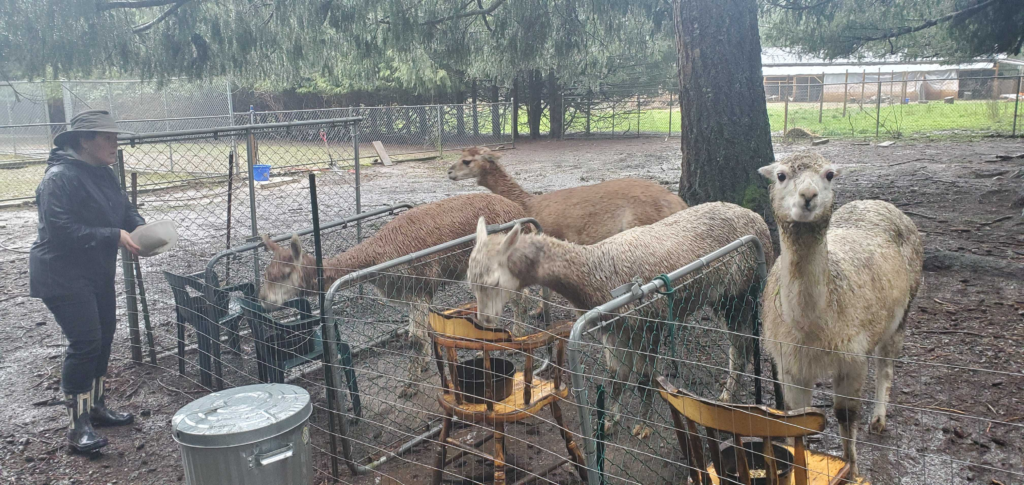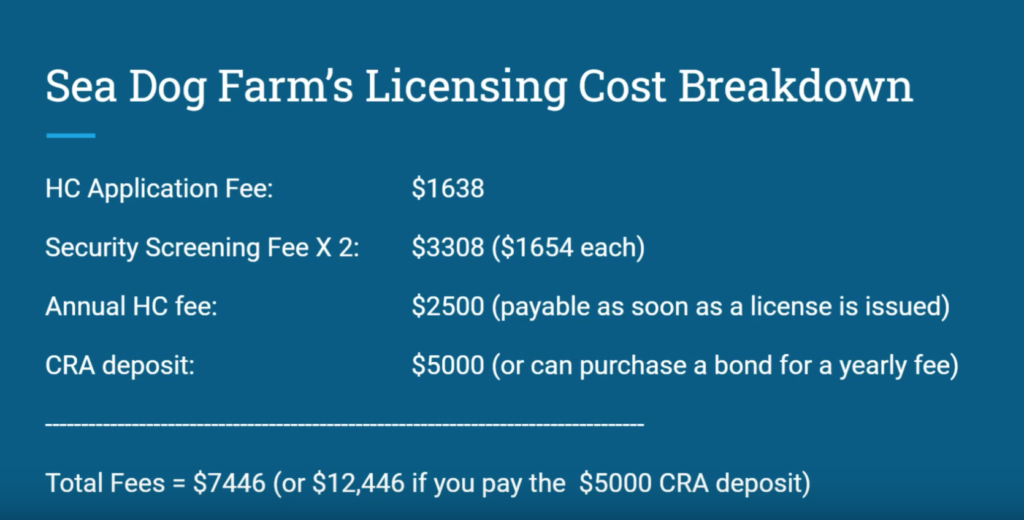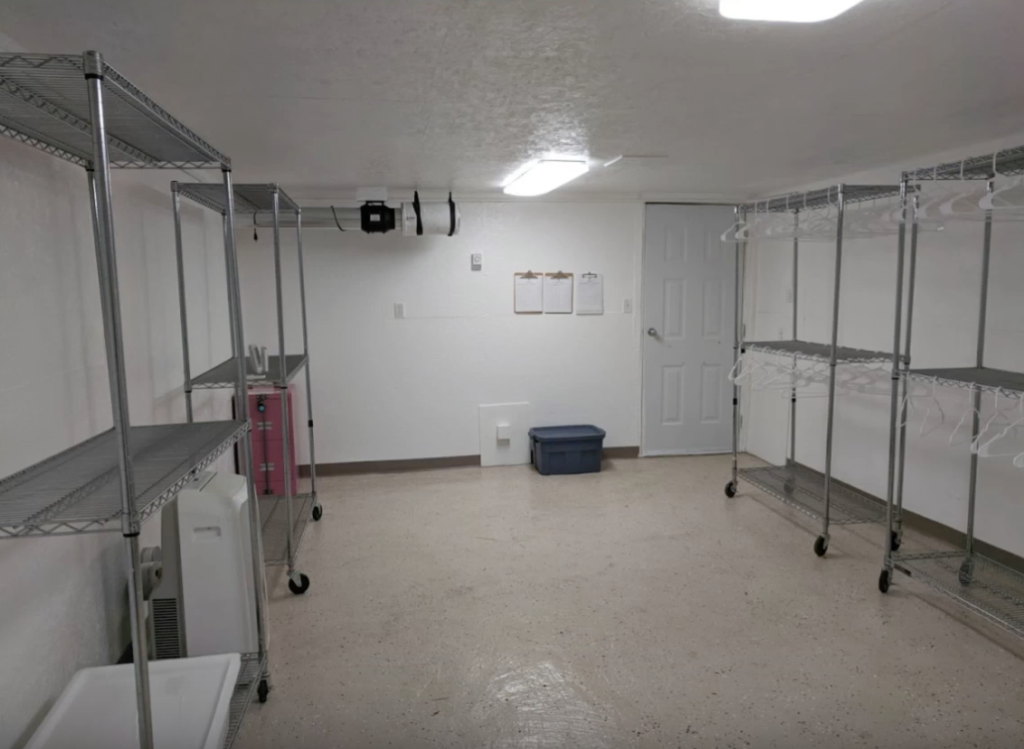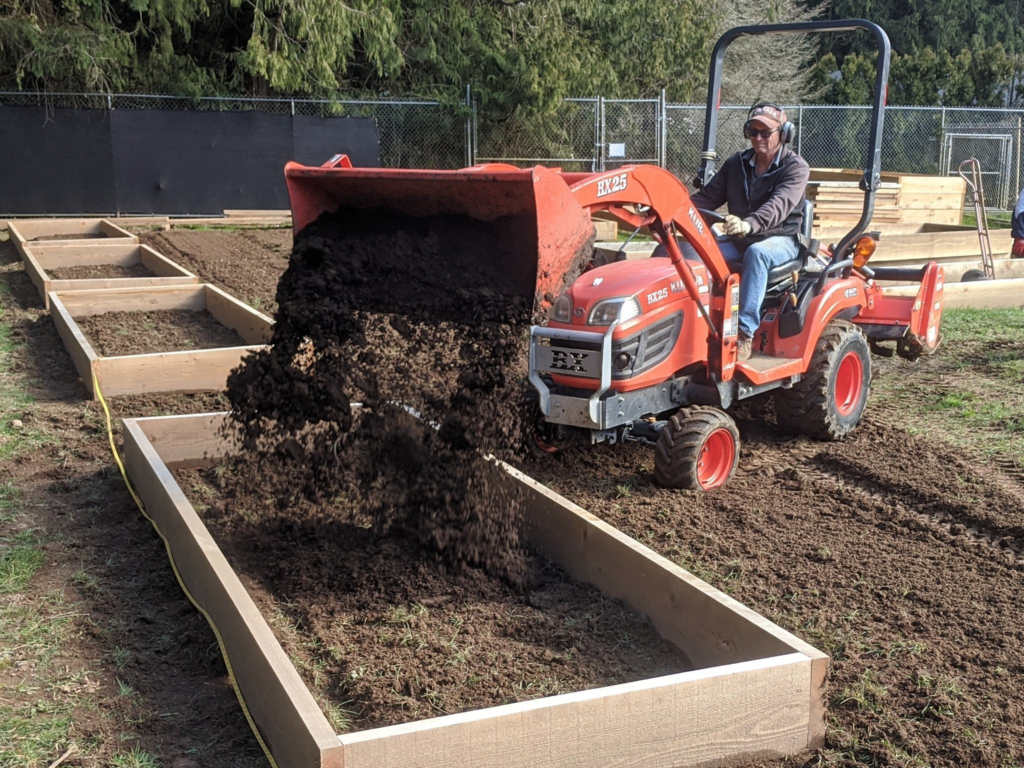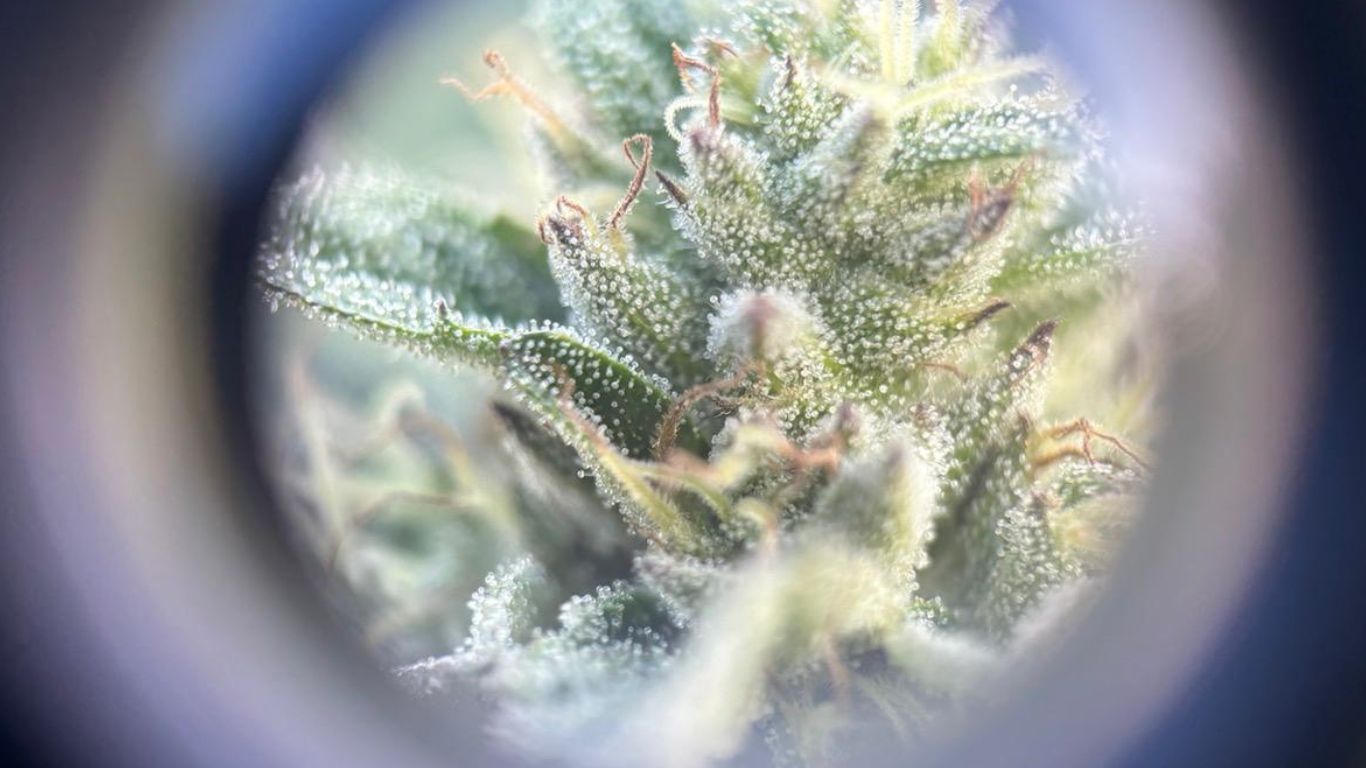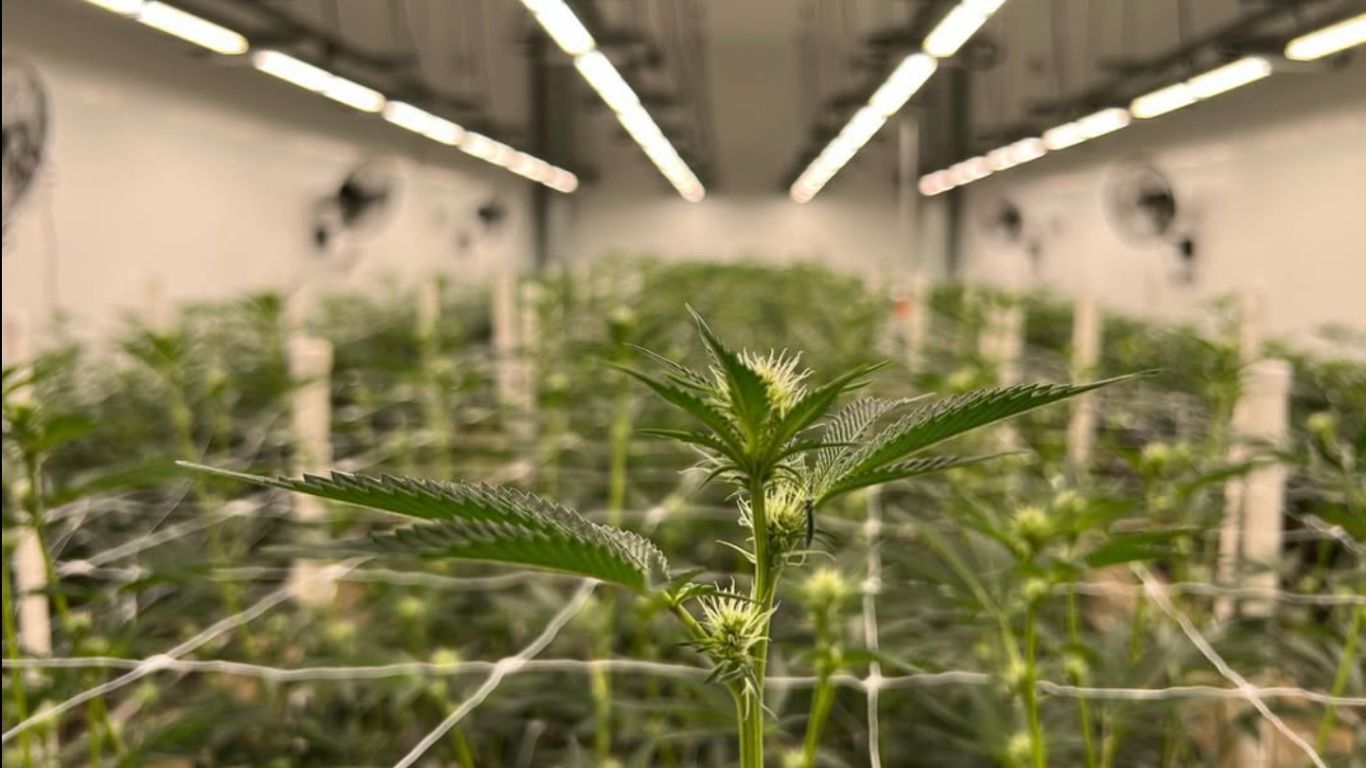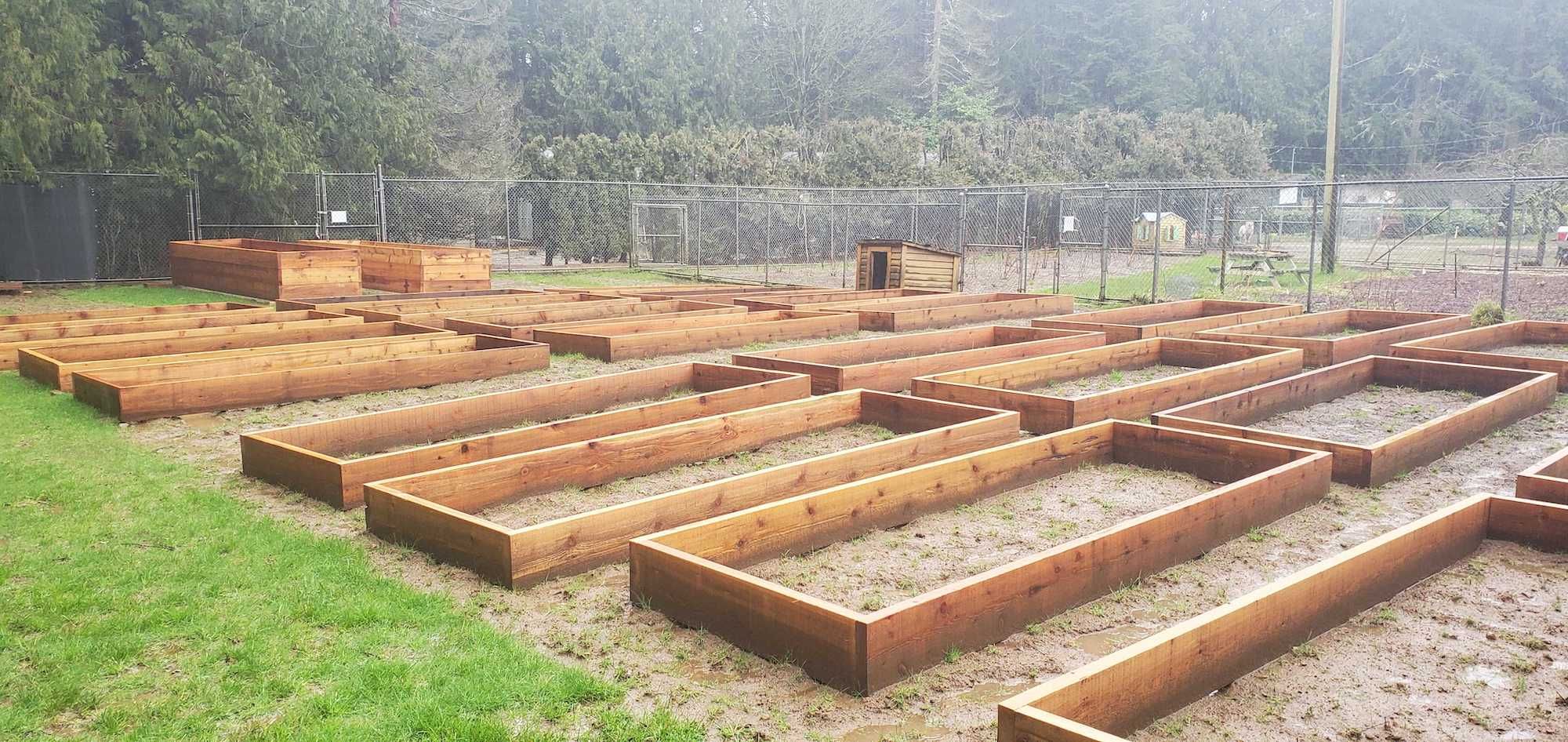
| COMPANY: | Sea Dog Farm |
| LICENCE TYPE: | Micro cultivation |
| APPROACH: | Outdoor, sungrown |
| TIMELINE: | ~8 months (February 2019 to November 2019 |
| COST: | $15,000 |
| FACILITY: | 5 acre farm |
Katy Connelly is entering her third season of growing fruits and veggies on her small, five acre farm on Vancouver Island with her husband Shawn. This year they will be adding outdoor, sungrown cannabis to the mix.
The Connelly’s bought their home and land in 2017 and immediately began transforming the space behind their home into Sea Dog Farm, planting crops that they now sell at their trailside farmstand.
Under the current regulations in order to grow and sell cannabis from the farm, you would need three Health Canada licenses: cultivation, processing and sales, as well as municipal approval.”
Exploring new revenue streams
In late 2018 Connelly broke her leg and found herself with extra downtime during which she began investigating the new cannabis regulations, especially the micro cannabis licence category, as a new way to bring in revenue for the farm.
Their small farmstand and farm sales brought in about $12,000 annually during the first two years, and the couple expects to see that rise as more fruit crops mature and they get a better understanding of market demands. But the prospect of adding a crop like cannabis to the revenue stream proved promising enough that they decided it was worth taking the plunge into the licensing process.
Application process
Health Canada didn’t ask us to hire a consultant or make a professional video, they just wanted to see our farm and our setup.
Connelly submitted her application in late February 2019 and based on feedback received from the regulator they transformed their site to adhere to the regulations. This included adding locks to gates and transforming an old one-car garage into a drying, trimming, and storage area. By November of 2019 Sea Dog Farm had received their cultivation licence, spending what Connelly estimates was under $15,000.
The process, she says, especially for an outdoor, cultivation-only licence, is the easiest and most economical for small farms because there is no need to build an expensive indoor growing facility. She says she found the regulations took a great deal of time to understand but in the end they were manageable, and wants others to understand it can be done without necessarily hiring outside consultants and other services.
“We did all the paperwork ourselves and we took photos with our phones,” she mentions in her video presentation. “Health Canada didn’t ask us to hire a consultant or make a professional video, they just wanted to see our farm and our setup.”
I think with an outdoor grow, in order to make a living wage, you’ve got to be pulling $100,000 a year from your cannabis. And I think that’s doable.
A realistic approach
While most larger licence holders may build out complex and expensive facilities, Sea Dog Farm’s approach is a testament to coming at the process from a much more manageable and affordable scale, while still satisfying the regulatory requirements.
For example, rather than tearing up her floor to install drains to manage the overflow from spraying down walls in their drying and trimming and storage room, the Connelly built a process into their SOP’s that allowed for wiping down the walls by hand, therefore bypassing the need to drain excessive water through floor drains.
While this might seem obvious, Connelly thinks this sort of approach to not over-building while still addressing the regulator’s concerns can help other small farmers like herself find a way to add cannabis to their farms without having to take out loans for hundreds of thousands or even millions of dollars.
This is especially true for those already farming on land, since the cost of acquiring land is one of the biggest expenses and therefore a risk and a challenge. For those new farmers who need to make it work on land they have just bought or leased, she says they need to be careful and have realistic expectations for revenue.
If you have just purchased the property and you’ve got a large mortgage to pay, I think you’ve got to look at bringing in closer to say $200,000 (a year) from farming in order to cover your mortgage, equipment and additional labour.
A living wage
While she has been on long term leave from her job in public education as she builds out their farm, her husband has continued working to help pay the bills. But the goal is to get to a place where their farm income can sustain them.
“Our farm currently makes about $12,000 a year. We don’t have a bottom line, we don’t have a need to make, say $50,000 a year or we lose the farm. I think with an outdoor grow, in order to make a living wage, you’ve got to be pulling $100,000 a year from your cannabis. And I think that’s doable.
“Five acres on Southern Vancouver Island costs over a million dollars. If you have just purchased the property and you’ve got a large mortgage to pay, I think you’ve got to look at bringing in closer to say $200,000 (a year) from farming in order to cover your mortgage, equipment and additional labour.
“I think it is even more difficult for the guys hiring consultants and building million dollar indoor facilities. They’re betting on growing ‘the best stuff’ and getting $6-8 a gram, and I’m worried that’s not realistic.”
They’re betting on growing ‘the best stuff’ and getting $6-8 a gram, and I’m worried that’s not realistic.
Farmgate sales
Similarly, although she does farmgate sales for her produce, she sees a lot of people with what she thinks might be unrealistic perspectives of what that model will look like in practice for cannabis.
“They think they can just get a cultivation licence and sell it from their driveway. No. Under the current regulations in order to grow and sell cannabis from the farm, you would need three Health Canada licenses: cultivation, processing and sales, as well as municipal approval.”
Insurance coverage
While Connelly says getting a licence was both difficult and frustrating, she says the biggest challenge since licensing has been finding insurance for their crop, mostly for product liability, as well as coverage in case of a product recall.
“Of our challenges since licensing, the biggest has been finding insurance because insurance companies don’t even understand what a micro is. They want to insure us as a commercial venture and nobody is able to do commercial insurance with a house and farm on the property. For this upcoming season, we will pay $2,500 for our home and farm liability and then another $4,000 for just the cannabis.”
Supply deals and contracts
While some new micro cultivation licence holders have focussed immediately on seeking supply deals with processors, Connelly says she wants to wait and see how her first crop does. With many processors out there competing for a limited market share, she sees little reason to rush into signing any contracts before plants are even in the ground. She’s hoping that will be some time in May.
If you’re just going to send me a contract in the mail, I’m not even going to respond.
Currently, her only relationship with a potential processor has been a nearby neighbour, Adam Carmichael. Adam currently has a processing licence application in the queue and hopes to be able to process Sea Dog Farm crops once they are ready in the late summer or early fall. She says they met Adam early on in their licensing process and he was proactive, showing a real desire to help. This included taking the time to explain to them what genetics would be in demand and what some realistic expectations for wholesale prices would be.
“He’s the one who came out here, he’s the one who helped us with selecting our genetics, based on what he would like to process and what he thinks would sell well. He has been great through this whole process.
“I try not to have too many expectations. We’ve really only engaged one processor, although lots of others have reached out to us” she continues. “If you’re a processor and you think you want to buy from us, come on out, have a tour, tell me what you think. If you’re just going to send me a contract in the mail, I’m not even going to respond. But either way, we’re going to wait until we know what we have.”
Managing expectations and revenue projections
This cautious approach to managing expectations is how Connelly arrives at some of her revenue projections for the first season. She is projecting around $48,000 for her first crop if she can successfully bring in approximately 100 grams a plant with 240 plants, wholesaling for around $2 a gram. Since she’ll be using autoflowers, she hopes she can bring in two crops per year but is not counting on this happening in the first year.
“I don’t pretend to have all the answers,” she says. I keep my projections low because of this. We think we can bring in, over time, $100,000 or more a year, but we’ll have to wait until we have harvested, dried and trimmed our product before we’ll really know.”

